Hello people! How can AI improve intrusion detection accuracy and response times?Traditional approaches usually struggle to identify and manage the new advanced threats we see more today. Due to these challenges, firms are starting to rely on AI-based systems for protecting their networks (AI-based IDS). Deep learning, machine learning and data analytics are used by them to detect suspicious behavior, give warnings during threats and prevent hackers from getting in.
We study the procedures of artificial intelligence in intrusion detection systems, the differences from standard IDS, what its main characteristics are, the kinds it can take, its most common uses, what may go wrong and its future.
Let’s dive in!
Table of Contents
Intrusion Detection Function

An Intrusion Detection System constantly checks the network to find unusual activities that could signal an attack.
There are usually only two types of IDS solutions.
Host-Based IDS (HIDS)
HIDS helps monitor events and logs on a single computer.
Network-Based IDS (NIDS)
NIDS in a network monitors all traffic at key positions and checks for anything suspicious.
Several predefined rules and signatures in traditional IDS systems make them less able to detect uncommon and novel security risks.
AI Enhancing IDS
Machine learning, neural networks, natural language processing, and pattern recognition tools make an Artificial Intelligence–based Intrusion Detection System unique.
- Explore the way cyber-attacks have come about over time.
- Similarly handle present-day dangers.
- Look for zero-day vulnerabilities at suitable moments.
- Lower the chance of you coming up with wrong ideas.
- Make it possible to see threats quickly and understand what they are.
AI for Early Attack Detection
IDS relies on Artificial Intelligence to be intelligent, adaptive and efficient. We’re going to look at how AI allows an IDS to process simple data and send out helpful alerts.
Machine Learning Workflow
Most Intrusion Detection Systems that rely on AI use Machine Learning. It assists organizations with analyzing their own attack history, sorting fresh traffic and strengthening detection mechanisms all by itself. Several IDS algorithms depend on popular types of machine learning algorithms.
- Decision Trees: A system can use many Decision Trees to split data, making it easier to find out if a traffic incident is malicious. Real-time use is possible since these tools work so fast.
- Support Vector Machines (SVM): SVMs can tell which parts of the data separate normal traffic from traffic that can cause harm. For smaller or average data and when many features must be examined, trees yield strong results.
- K-Nearest Neighbors (KNN):The algorithm judges traffic type by using past cases that are similar to this one. If the neighborhood is filled with malicious actors, odds are the present traffic is mostly harmful as well.
- Naïve Bayes: Because it is based on probability theory, Naïve Bayes can classify data rapidly. If features aren’t combined, this cleaning technique works effectively and is quite useful.
Deep Learning Tools
Because it handles structure well, machine learning is useful, whereas deep learning performs best on hard, three-dimensional or unorganized data.
- Convolutional Neural Networks (CNNs): Initially, CNNs were developed for image identification and can now be applied to intrusion detection by seeing network traffic as a spatial map. They can notice the indications that most malware and port scanners display.
- Recurrent Neural Networks (RNNs) and Long Short-Term Memory (LSTM) networks: RNNs and LSTM networks were created to handle data in sequence which makes them ideal for exploring logs, sequences or time series. They are capable of following the way cyber attacks have changed over time.
By themselves, machine learning models can pick out the vital features from the initial data. Because of this, they are able to quickly find attacks such as DDoS, APTs or multiple phase intrusions.
Anomaly Detection
Artificial Intelligence plays an important role in IDS because it can discover suspect events. AI goes beyond using known signatures by finding abnormalities in data which allows it to discover cyberattacks that aren’t recognized by a system. Essential elements of smart home systems are:
- As no signature is present in a zero-day attack, artificial intelligence helps catch strange network events.
- AI models can adjust what they consider normal, depending on changes in user behavior and network usage day after day.
- Before deciding whether an activity is suspicious, the system studies the user, what they have interacted with, and the environment around them.
Natural Language Processing
IDS becomes better with the help of Natural Language Processing because it studies data written by humans.
- NLP goes through and organizes the huge volume of data in network and system log files.
- In phishing and social engineering, emails and message logs are important tools since people typically communicate like they talk in real life. IDS systems that make use of NLP can examine text to find any signs of deceit or malware.
- Reading unstructured threat news and reports with NLP helps build better security detection systems.
Real-Time AI Threat Response
One reason AI-based IDS is reliable is that it detects threats concurrently and can act effectively on its own. Most notably, this approach brings many positive features.
- AI handles a large amount of data very quickly and finds potential risks right away.
- The system reacts automatically when any intrusion is detected.
- Make sure to update your administrators about what has happened.
- Separate the systems that have been compromised from the other digital assets.
- Update your firewall settings without stopping your machine.
- AI models hosted in the cloud allow companies to track jobs in all types of environments, including cloud, hybrid, and on-premise, with no change in performance.
Intrusion Detection System Design
Usually, an AI-backed IDS includes several different components.
- Takes in the needed data by using network traffic, system logs, and other sources.
- The unit cleans and adjusts data so it is ready to be analyzed.
- Pulls out several characteristics that help in sorting out the images.
- It uses machine learning to study data and detect indications of an attack.
- Warms you about any suspicious activity that takes place.
- If something goes wrong, the system improves by using the feedback loop.
AI Applications in IDS

Supervised Learning
Model training uses information from labelled data to help it figure out what is safe and unsafe. For instance, Random Forest and Decision Trees are both examples.
Unsupervised Learning
Data tagging is not needed; the system finds and brings attention to any problems on its own. One such algorithm is referred to as K-Means.
Reinforcement Learning
Rewards are given for correct predictions and penalties are received for incorrect predictions. People who use this learning style learn how to fit into many kinds of settings.
Key Traits of AI IDS
Improved Accuracy
Because of AI, counterfeit dangers are less likely, so only the real ones are found.
Scalability
Accessing and managing a vast amount of distributed data is simple for AI-based systems which is why they are a choice for large companies.
Adaptive Learning
Because they can learn over time, AI-based IDS systems detect and handle different kinds of attacks.
Automated Response
Certain AI platforms can stop attacks by banning the corresponding IPs, contacting system owners or putting apart the affected computers.
Challenges in AI-IDS
Data Quality and Volume
AI models require large volumes of high-quality, labeled data for effective training, which can be challenging to obtain.
Complexity and Cost
Intrusion detection systems that depend on AI are developed and implemented at an added expense.
Adversarial Attacks
Misleading messages may be used, so the technology has difficulties spotting them.
False Positives
Despite using AI, there will still be a small number of false positive cases. Results should be both sensitive and specific in order to be effective.
Interpretability
Some deep learning systems may be difficult to interpret, meaning administrators struggle to clarify their reasons for acting.
Applications and Use Cases
Several applications from different communities show us the power and versatility of AI. More and more industries are using AI to detect security breaches.
- Banking and Finance: Keep an eye out for sellers who attempt to cheat on online platforms and for phishing.
- Healthcare: Guarantee that details of patients and the hospital’s core network are safe.
- Banking and Finance: Both government and military should act to prevent cyber espionage conducted by other governments.
- E-commerce: When selling online, do everything you can to protect customer data.
- Cloud Services: Be aware of dangers that may crop up in an environment where multiple clouds connect.
AI in Intrusion Detection

Cybersecurity settings will involve AI mostly for detecting intrusions, as it becomes more advanced in the future.
- It is now possible to effectively train an AI model using Federated Learning, as sharing the data is no longer required.
- XAI allows people to see how AI goes through information and reaches its decisions.
- Decisions from AI can be made more quickly when algorithms are deployed at the data’s point of collection (such as IoT devices).
- When AI-enabled IDS is combined with SOAR tools, security can be improved and better organized.
Conclusion
The use of AI has improved the way Intrusion Detection Systems help fight cybercrime. Thanks to AI, these systems can discover more precise threats and react to any new kinds of cyber threats. Even though data accuracy, price, and explainability can be tricky with machine learning, its good points far outweigh the bad.
Using artificial intelligence in their IDS, businesses can strengthen their cybersecurity and secure their digital belongings. Because of advancements in AI, both intrusion detection and cybersecurity will increasingly make use of AI. Will AI eventually replace traditional intrusion detection systems completely?
FAQS
- What is a way to detect intrusions using Artificial Intelligence?
With this kind of IDS, AI and machine learning help identify anything unusual happening in a computer system.
- How does AI improve the detection rate of intrusions?
Adjusts IDS for the better by examining day-to-day actions, detecting threats that are not yet known, and decreasing false alarms.
3. Can AI-based IDS replace traditional security systems?
AI-based IDS complements rather than replaces traditional systems, offering enhanced accuracy and faster response.
- Do IDS based on AI technology work for small businesses too?
That is possible because some AI-based IDS tools run in the cloud and are free for everyone to use.
- Which sectors are the most fit to use AI-based systems for identity purposes?
Important data in finance, healthcare, government, and e-commerce sectors means these industries rely most on these units.





